What Are the Characteristics of Violet Tungsten Oxide?
- Details
- Category: Tungsten Information
- Published on Thursday, 13 February 2025 18:56
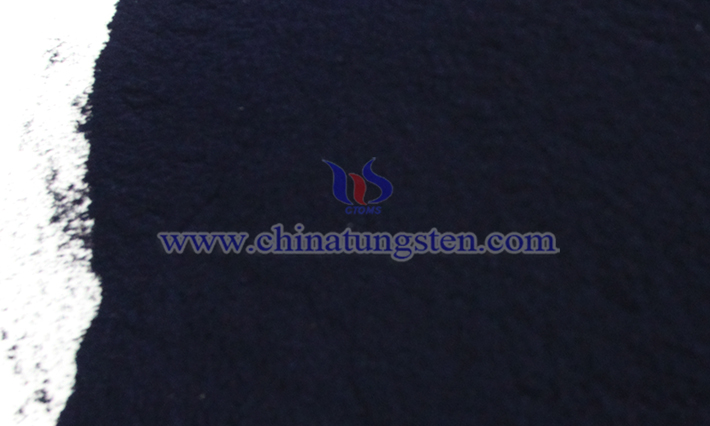
Violet Tungsten Oxide (VTO) is a unique tungsten oxide with the chemical formula W18O49 or WO2.72. The characteristics of Violet Tungsten Oxide are briefly described below:
Tungsten Disulfide Nanosheet: the "New Darling" in the Sensor Field
- Details
- Category: Tungsten Information
- Published on Thursday, 13 February 2025 16:04

With the rapid advancement of science and technology, sensors, as the core components for information acquisition, have their performance directly determining the technological progress and application outcomes in numerous fields. Be it smart wearable devices, environmental monitoring systems, medical diagnostic instruments, or industrial automation production lines, sensors play an indispensable role. As the requirements for sensor performance continue to rise, researchers are dedicated to exploring novel sensitive materials. Tungsten disulfide nanosheet (WS₂ nanosheet) has demonstrated remarkable application potential in the sensor field owing to its unique physical and chemical properties, and has thus become one of the research hotspots.
What Are the Characteristics of Blue Tungsten Oxide?
- Details
- Category: Tungsten Information
- Published on Wednesday, 12 February 2025 19:37
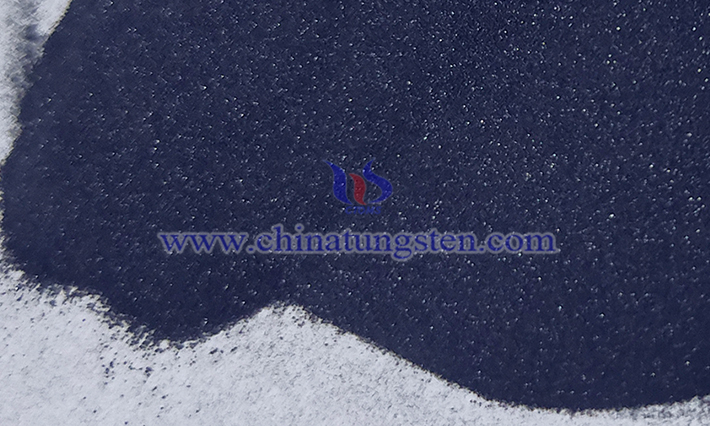
Blue Tungsten Oxide (BTO, commonly referring to WO3-x) is a non-stoichiometric tungsten oxide with the following characteristics:
I. Color and Appearance
It appears as blue or dark blue powdered crystals, with the shade of blue correlated with the concentration of oxygen vacancies.
What Are the Characteristics of Brown Tungsten Oxide?
- Details
- Category: Tungsten Information
- Published on Wednesday, 12 February 2025 19:33

Brown tungsten oxide, typically referring to tungsten dioxide (WO₂), is an inorganic compound composed of tungsten and oxygen elements. It is an important transition metal oxide with unique physical and chemical properties. Here are some key characteristics of brown tungsten oxide:
What Are the Characteristics of Yellow Tungsten Oxide?
- Details
- Category: Tungsten Information
- Published on Wednesday, 12 February 2025 19:29
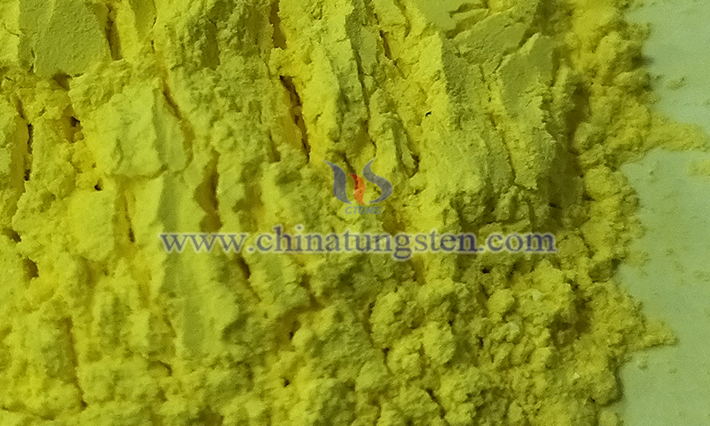
Yellow tungsten oxide (chemical formula: WO₃) is an important transition metal oxide with unique physical and chemical properties, and is widely used in various fields such as energy, environmental protection, and electronics. Here is a brief introduction to its main characteristics:
Tungsten Disulfide Nanosheet: A Game-Changer in the Lubrication Field
- Details
- Category: Tungsten Information
- Published on Wednesday, 12 February 2025 18:14
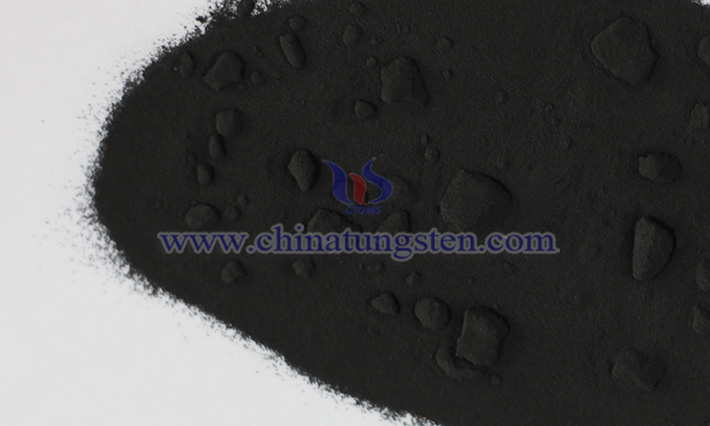
In daily life and industrial production, the operation of mechanical equipment relies on the support of lubricating materials. Lubricating materials play a crucial role as they can reduce friction and wear between mechanical components, lower energy consumption, and extend the service life of equipment. In recent years, tungsten disulfide nanosheet (WS₂ nanosheet), as a new type of lubricating material, has gradually become a "star material" in the lubrication field, thanks to its unique structure and excellent properties.
Tungsten Disulfide Nanosheet: A Potential Game-Changer in the Catalysis Field
- Details
- Category: Tungsten Information
- Published on Wednesday, 12 February 2025 17:20
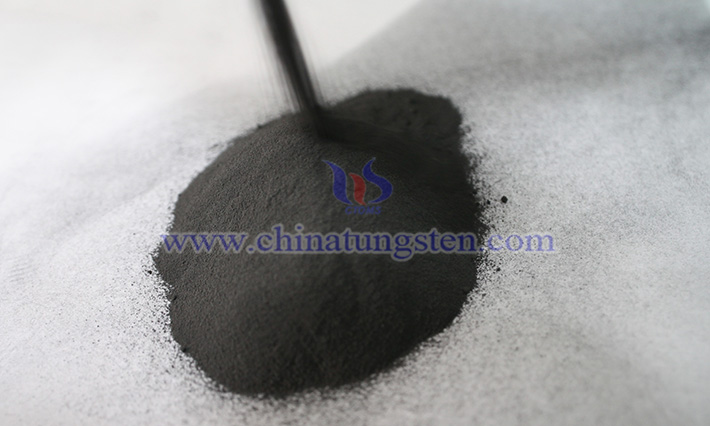
Tungsten disulfide nanosheet (WS₂ nanosheet) consists of tungsten and sulfur. Its structure resembles a sandwich, with one or more layers of tungsten atoms sandwiched between two layers of sulfur atoms, and these layers are held together by weak van der Waals forces. This unique layered structure endows the WS₂ nanosheet with many excellent physical and chemical properties, making it highly effective in the lcatalysis field.
Tungsten Disulfide Nanosheet: "Super Helper" in the Energy Field
- Details
- Category: Tungsten Information
- Published on Wednesday, 12 February 2025 17:13
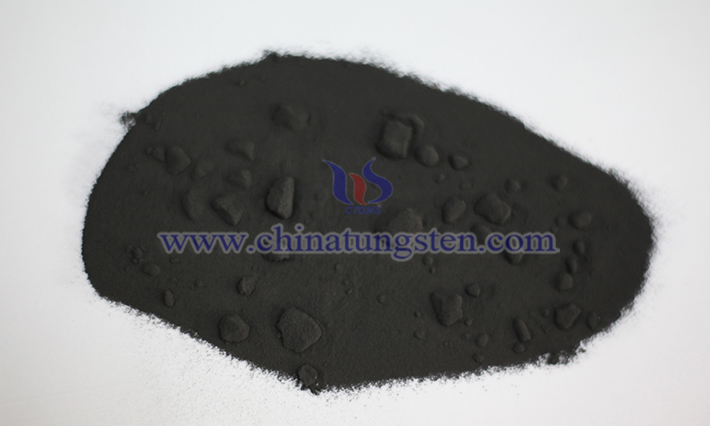
In the world of nanomaterials, the tungsten disulfide nanosheet (WS₂ nanosheet) is gradually becoming a focal point of scientific research. This material is widely used in the energy field due to its unique physical and chemical properties. As global demand for sustainable energy continues to grow, the WS₂ nanosheet offers new possibilities for addressing energy challenges.
Yellow Tungsten Oxide Catalyst: New Material for Green Chemistry Industry
- Details
- Category: Tungsten Information
- Published on Monday, 10 February 2025 17:15
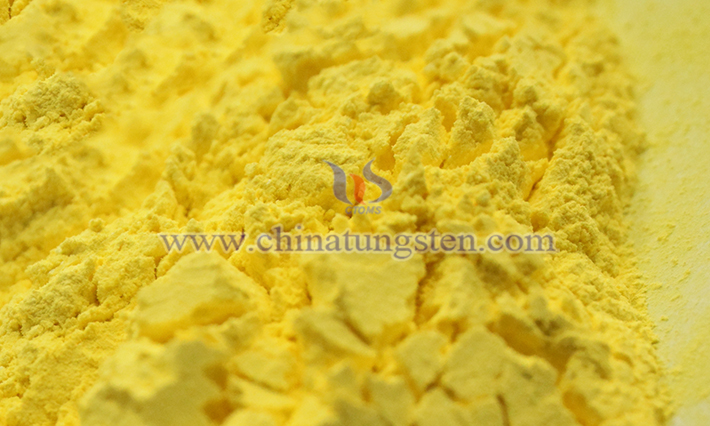
Yellow tungsten oxide (WO₃), as a novel and highly efficient catalyst, demonstrates remarkable potential in various industrial catalysis fields due to its unique physicochemical properties. It not only possesses excellent photoelectric properties but also plays a crucial role in key areas such as environmental governance and energy conversion, offering new possibilities for the development of the green chemical industry.
Efficient Catalysis: Yellow Tungsten Oxide Leads the Green Revolution
- Details
- Category: Tungsten Information
- Published on Monday, 10 February 2025 17:11
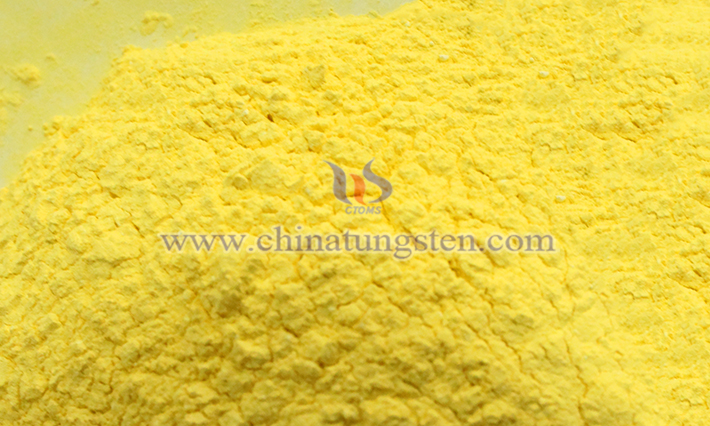
In today's world where issues of global climate change and environmental protection are increasingly urgent, the scientific and industrial communities are dedicating unprecedented enthusiasm to the research of efficient and eco-friendly catalyst materials. In this journey of exploring green technology, yellow tungsten oxide, this seemingly unremarkable chemical substance, is quietly leading a green revolution with its unique catalytic performance and environmental characteristics.



 sales@chinatungsten.com
sales@chinatungsten.com